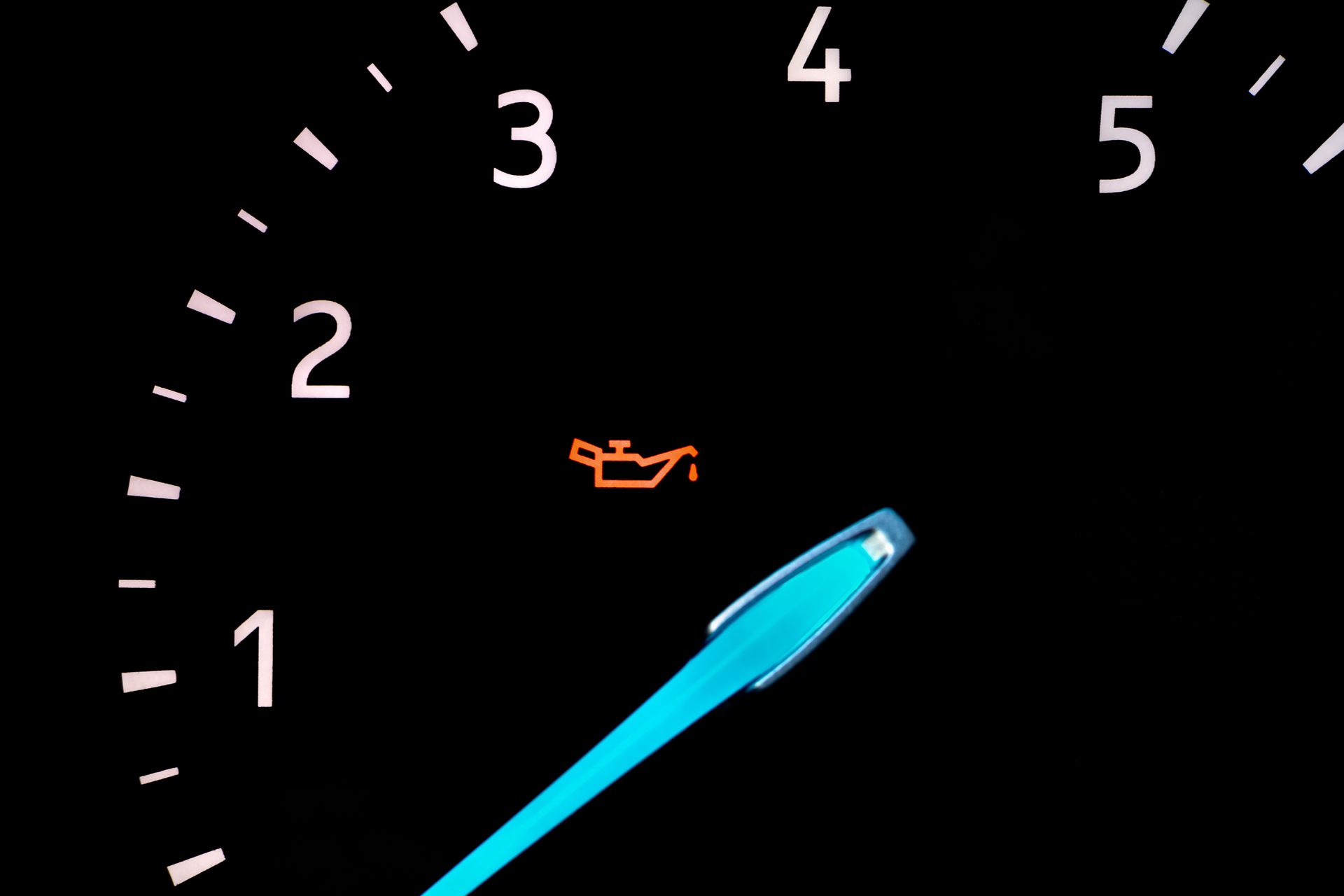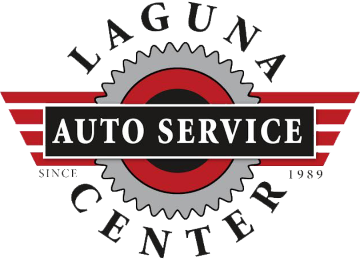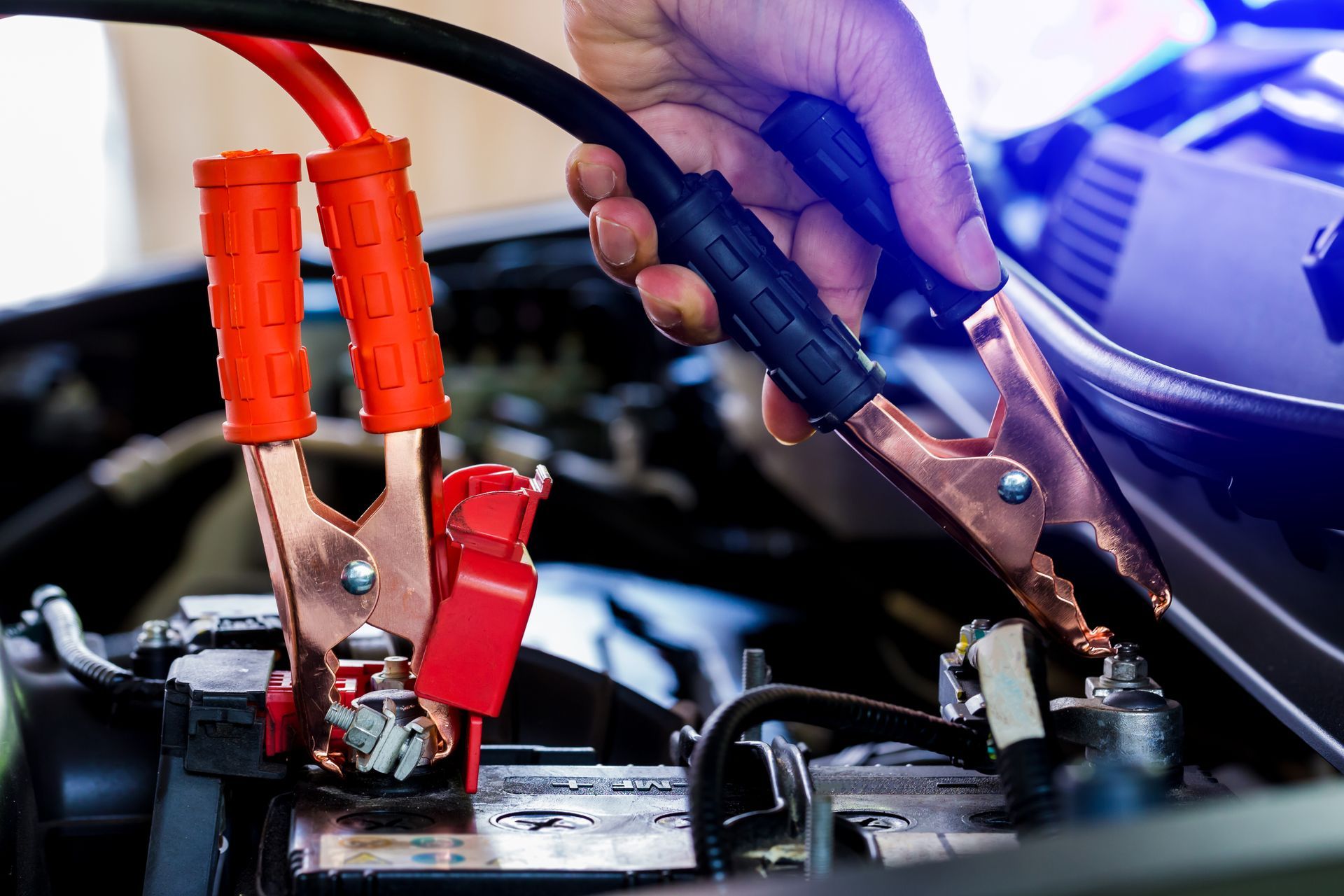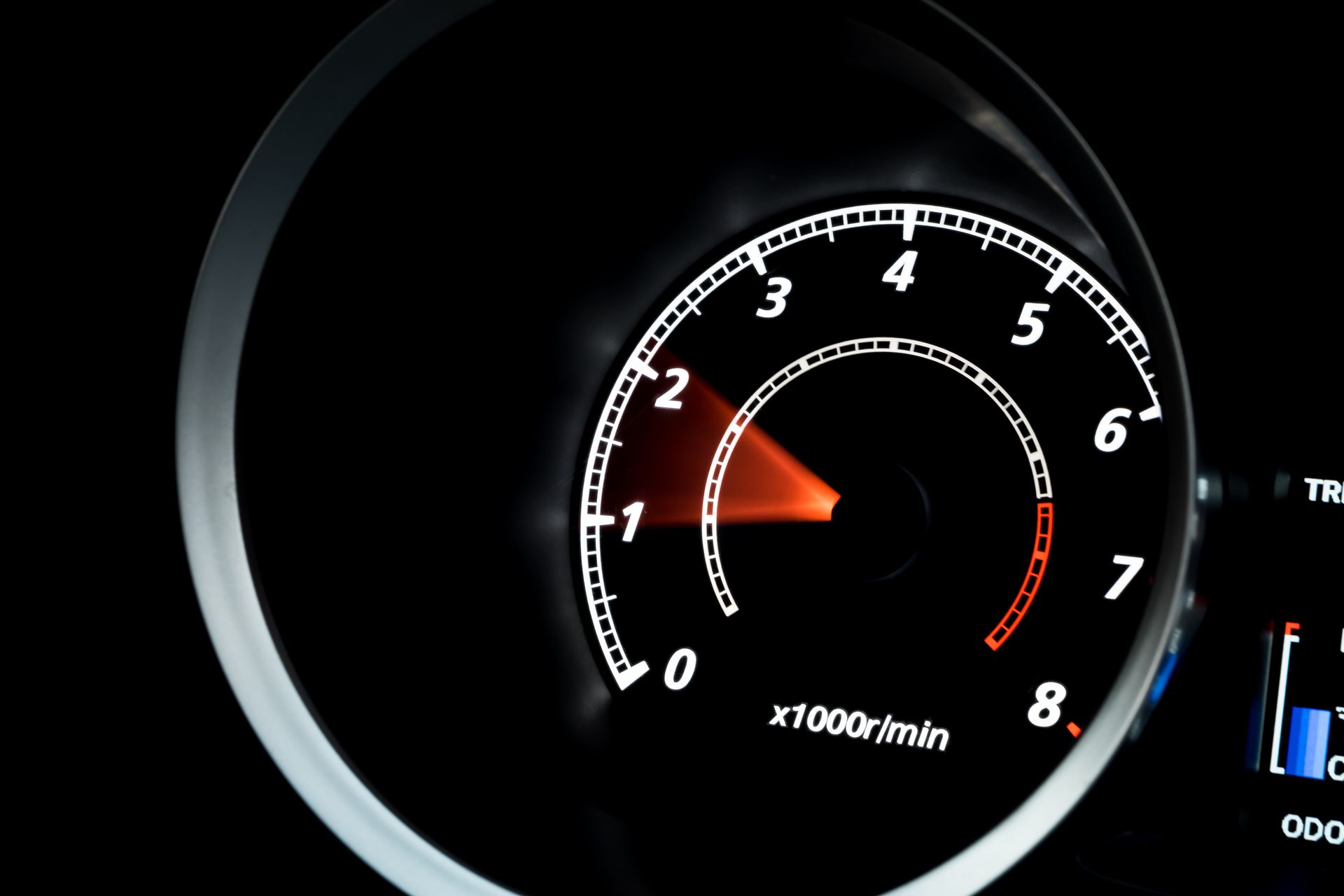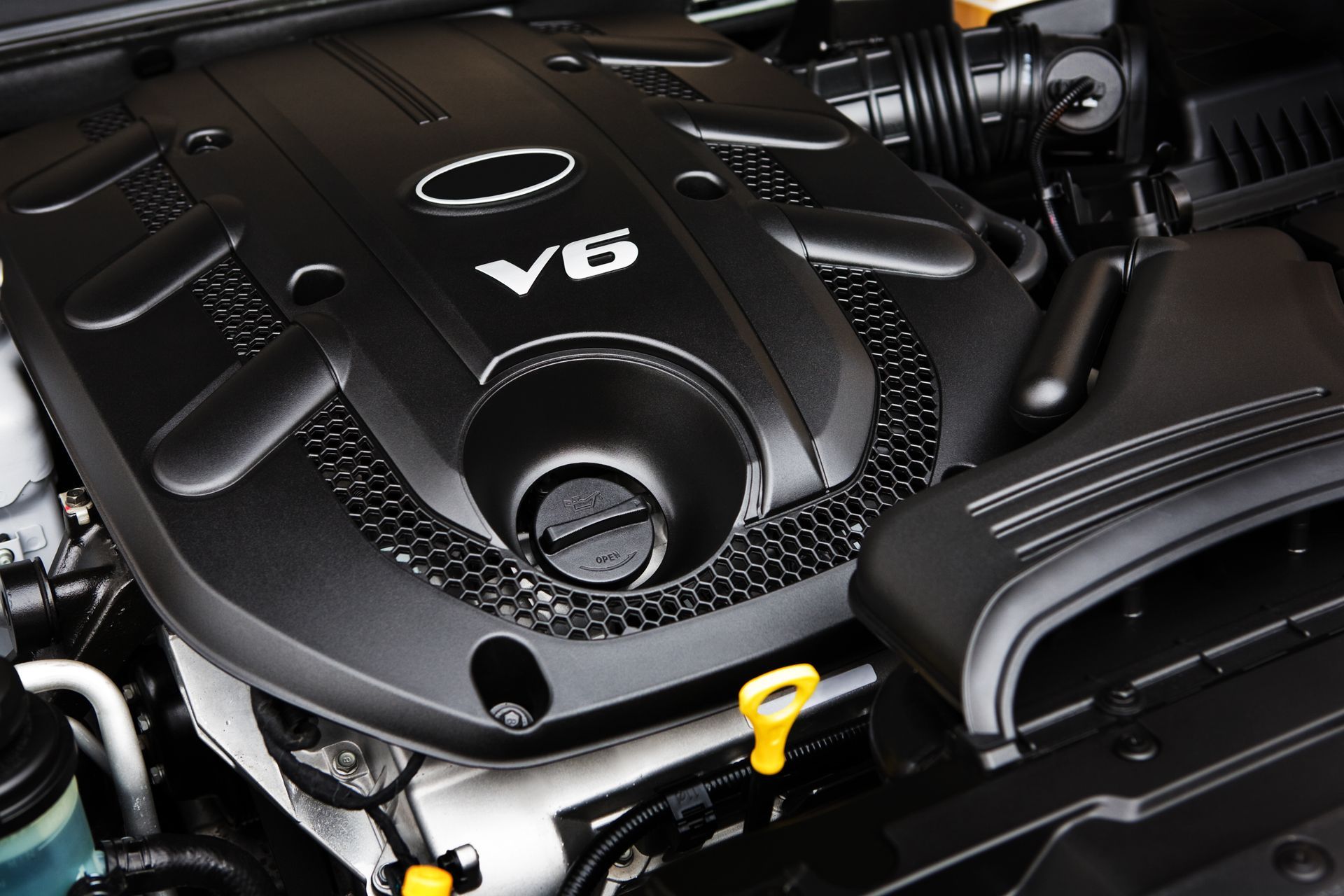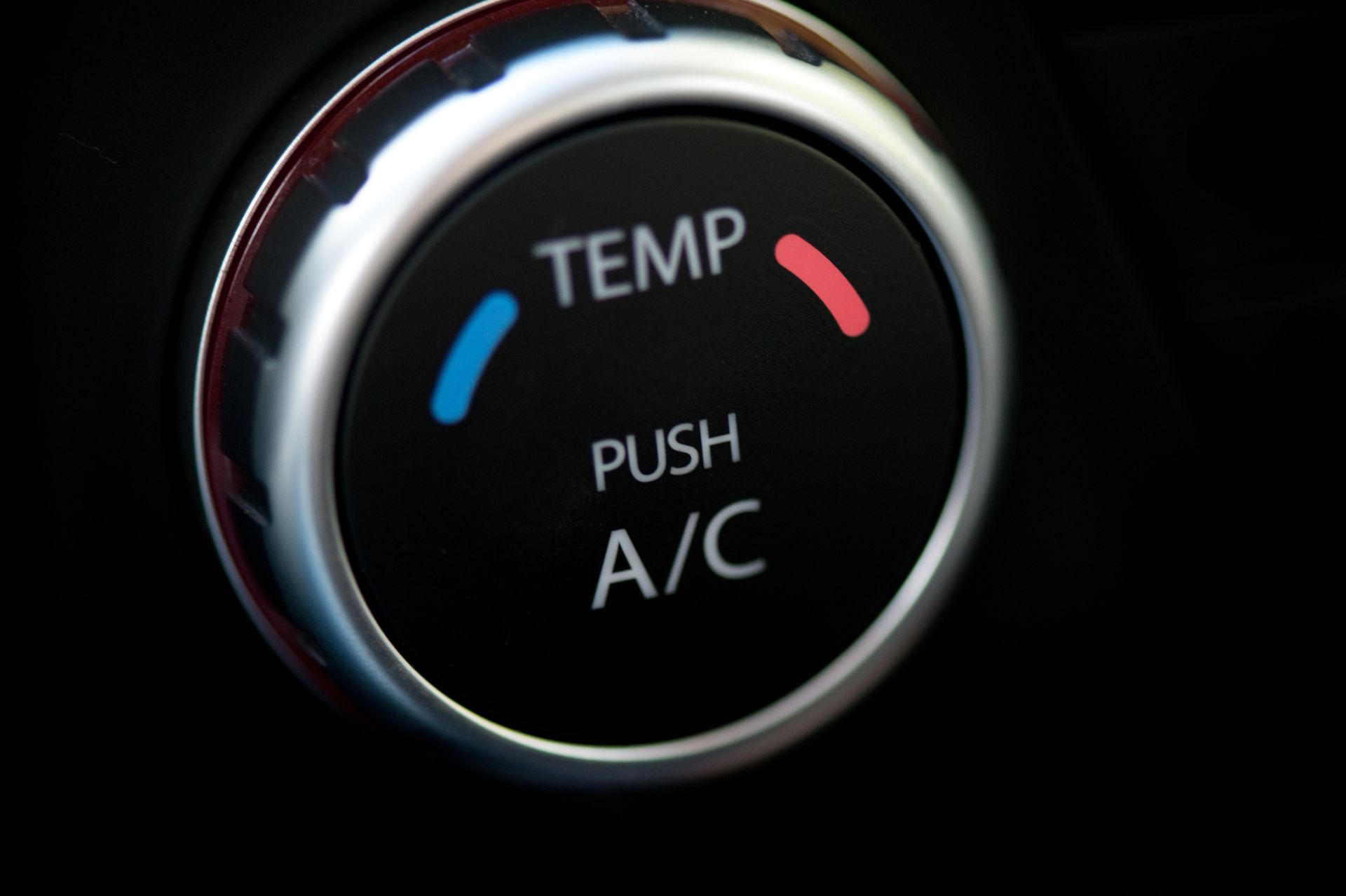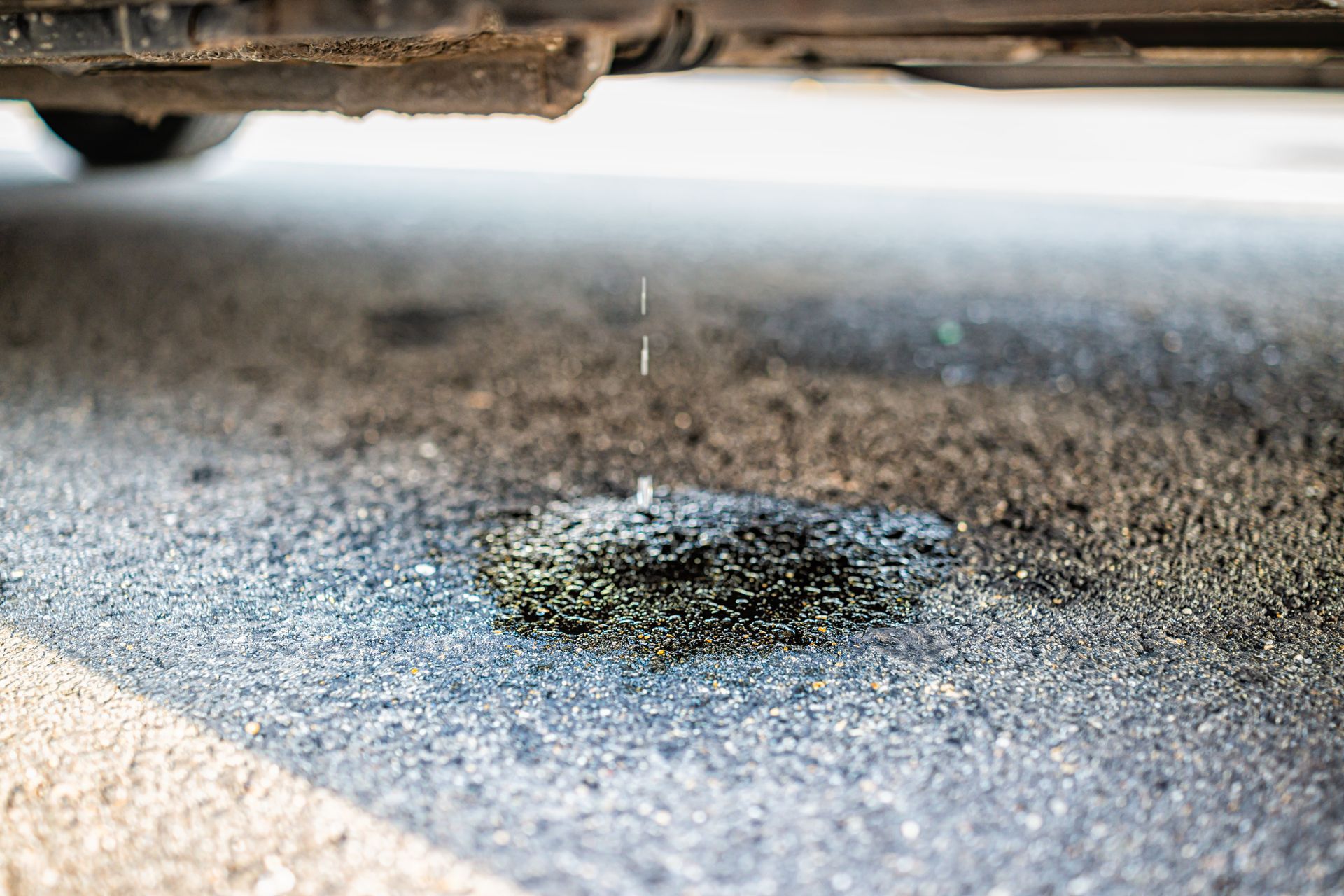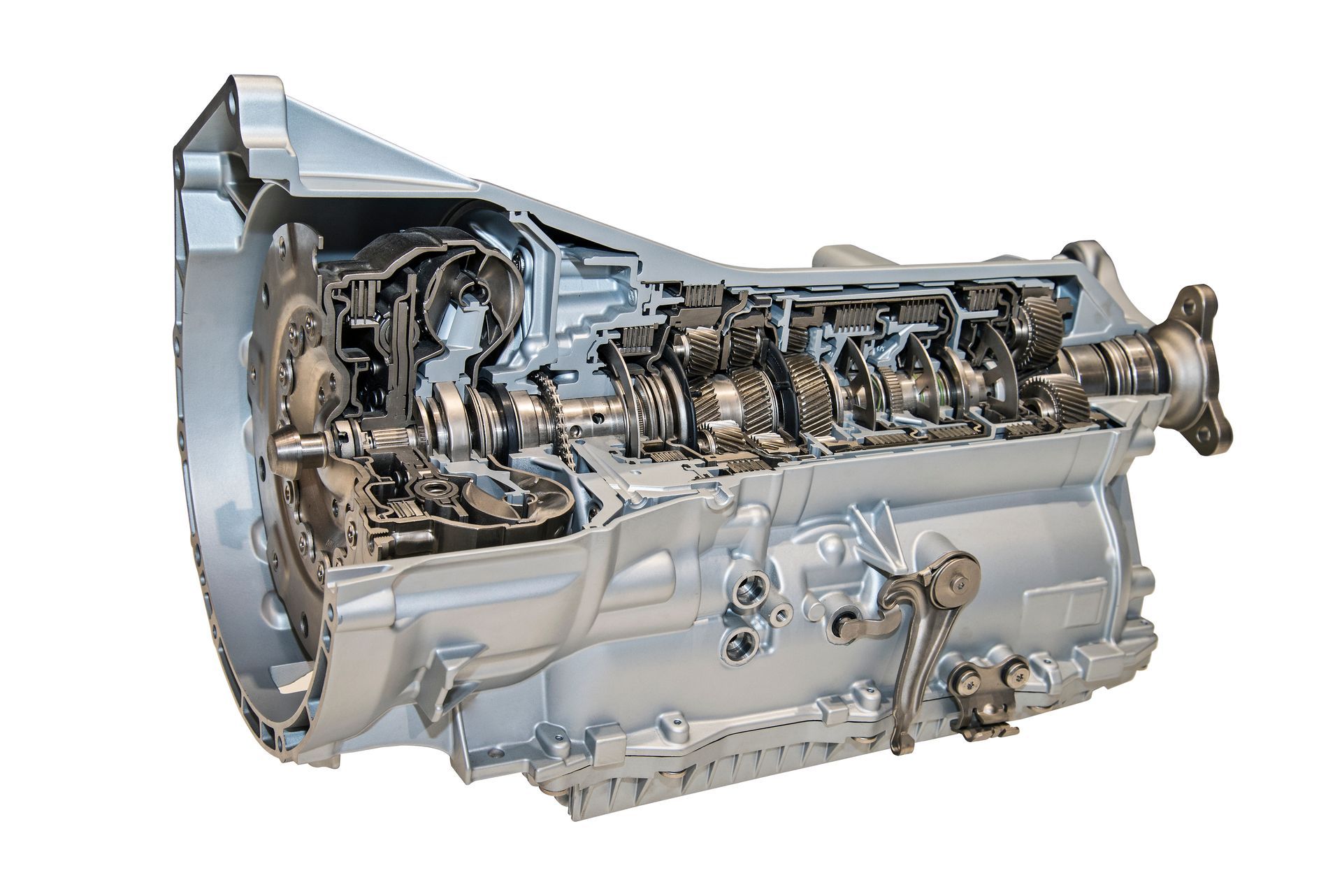Selecting the right car insurance can feel like a daunting task. With so many options, providers, and coverage levels to choose from, it's easy to get overwhelmed. However, with a little guidance and some key information, you can make an informed decision that suits both your needs and budget. These are the essentials of choosing the right car insurance so you can drive with peace of mind.
1. Understand Your Coverage Needs
Not all car insurance policies are created equal, and the type of coverage you need can vary depending on factors like your vehicle, driving habits, and financial situation. At a basic level, car insurance typically covers:
- Liability Coverage: This is required in most states and covers the cost of damages and injuries you cause to others in an accident.
- Collision Coverage: Covers damage to your own car in the event of a collision with another vehicle or object.
- Comprehensive Coverage: This covers non-collision-related damages, such as theft, vandalism, or natural disasters.
- Uninsured/Underinsured Motorist Coverage: Protects you if you’re involved in an accident with someone who doesn’t have enough insurance (or any at all).
Once you have a good understanding of the different types of coverage available, assess your personal situation. Do you drive an older car and just need basic coverage, or is your car newer, requiring more comprehensive protection? Are you concerned about potential damages from uninsured drivers? Your answers to these questions will help narrow down the coverage options you should be considering.
2. Shop Around for the Best Rates
Insurance rates can vary significantly from one provider to another, so it’s important to shop around. Don’t just settle for the first quote you receive—compare prices and offerings from several companies. Most insurance providers offer free online quotes, making it easy to get an idea of how much you’ll be paying. Some things to keep in mind when comparing quotes:
- Coverage Limits: Make sure the coverage limits are the same when comparing policies. A lower price doesn’t always mean better value.
- Deductibles: A higher deductible often results in lower premiums, but be sure you can afford the out-of-pocket cost if you ever need to file a claim.
- Discounts: Many insurers offer discounts for things like safe driving, bundling with other types of insurance, or having certain safety features in your car.
By taking the time to compare rates, you’ll be in a better position to find a policy that offers both affordability and comprehensive coverage.
3. Consider Your Driving Habits
Your driving habits can have a big impact on the type of insurance coverage you need. For example, if you’re someone who doesn’t drive very often, you might want to consider pay-per-mile insurance, which charges you based on the number of miles you drive. On the other hand, if you drive long distances frequently or live in an area with a high rate of accidents, having more robust coverage may be a better option.
Factors such as the type of car you drive, your age, and your driving record will all affect your insurance premiums. High-performance vehicles, for example, typically cost more to insure because they are more expensive to repair or replace. Similarly, if you have a history of accidents or traffic violations, you can expect higher premiums.
4. Review the Insurance Company’s Reputation
Price and coverage aren’t the only factors to consider when choosing car insurance. It’s equally important to assess the reputation of the insurance company you’re considering. After all, what good is a low premium if the company provides poor customer service or is difficult to deal with when filing a claim?
Do a little research to see what other customers have to say about the company. Online reviews, customer satisfaction ratings, and testimonials can give you a good sense of how the company handles claims, customer service, and overall reliability. Also, be sure to check the company’s financial stability by looking at their ratings from agencies like A.M. Best or Standard & Poor’s. A company that’s financially stable will be better able to pay out claims when necessary.
5. Don’t Forget to Reassess Your Policy Over Time
Life changes, and so should your insurance policy. It’s a good idea to reassess your car insurance needs every year or after major life changes, such as buying a new car, moving to a different state, or adding a new driver to your policy. As your situation evolves, your insurance needs may change as well, and sticking with the same old policy could mean missing out on savings or being underinsured.
Review your coverage limits, deductibles, and any additional options to make sure your policy is still the best fit for your needs. You might even find that by comparing quotes again, you can get a better deal or additional discounts.
Looking for expert advice on keeping your vehicle safe and reliable?
Laguna Auto Service Center offers professional inspections and maintenance to keep you on the road with confidence.
